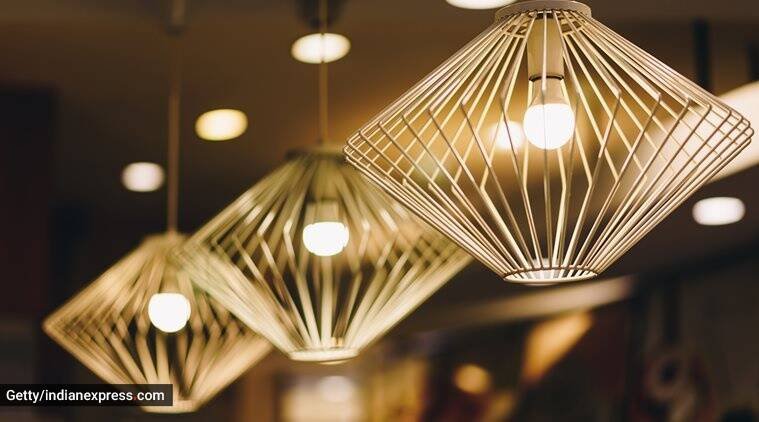
LEED AP ID+C: This examination is conducted by the Green Business Certification Inc. (GBCI) and it is focused on lighting design for interior spaces.
IGBC AP: This examination is conducted by the Indian Green Building Council (IGBC) and it covers various aspects of green building design, including lighting design.
NCQLP: The National Council on Qualifications for the Lighting Professions (NCQLP) is a US-based organisation that offers certification in lighting design. This certification is recognized globally and is highly respected in the lighting industry.
IES Lighting Certification: The Illuminating Engineering Society (IES) of North America offers various certification programs for lighting professionals, including the Lighting Certified (LC) and the Certified Lighting Designer (CLD) certifications.
CEDIA: The Custom Electronic Design & Installation Association (CEDIA) offers certification programs for professionals in the home automation and home theatre industry. This includes lighting design as an important component.
BEE: The Bureau of Energy Efficiency (BEE) offers certification programs related to energy efficiency in various fields, including lighting design.
It's worth noting that some of these examinations may have eligibility criteria, such as minimum educational qualifications or work experience. Additionally, some of these exams may require you to pass a qualifying exam or complete a training program before you can take the certification exam.
Lighting design is the art and science of creating lighting schemes for a variety of settings, such as theatrical productions, concerts, dance performances, films, TV shows, architectural spaces, and other events. The goal of lighting design is to use light to enhance the mood, atmosphere, and visual impact of the setting and the performance.
A lighting designer considers the needs of the performance or event, the style of the space, the available equipment, and the preferences of the performers or clients. They then develop a lighting plan that may include the use of different types of lighting fixtures, such as spotlights, floodlights, and special effects lighting. The designer also determines the placement and angle of the lights, the colour and intensity of the light, and the timing and sequencing of lighting cues.